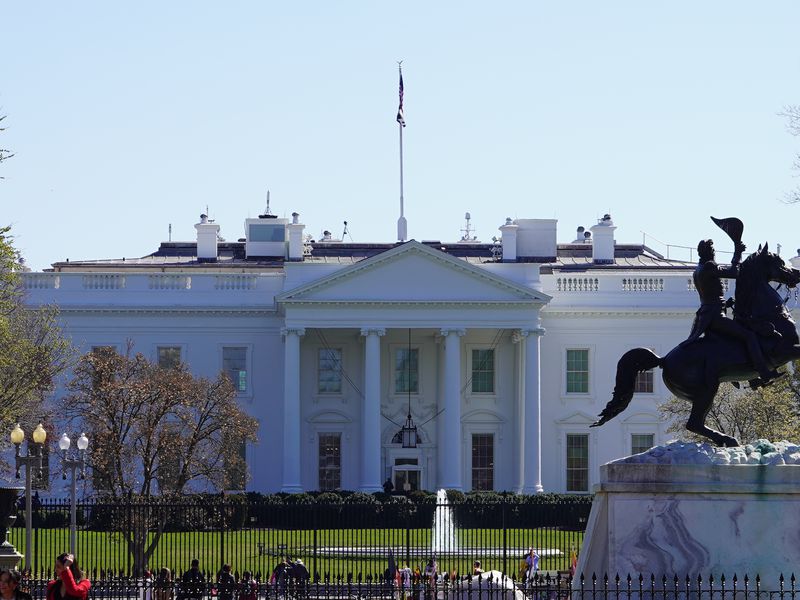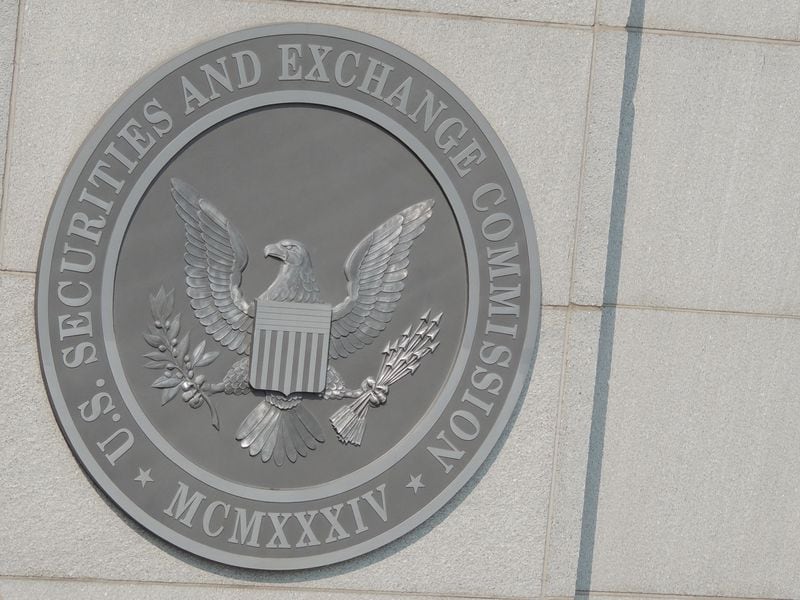Banks Likely to Adopt Stablecoins Cautiously Despite Guidance
Banks face a stablecoin conundrum: Build their own projects, with all the overhead that implies, or work with well-placed existing providers.

Banks Likely to Adopt Stablecoins Cautiously Despite Guidance
Arguably, Brian Brooks has done more than anyone to spur the epic bull run of the last few months. The former head of the Office of the Comptroller of the Currency (he served from May 2020 to mid-January 2021) paved the way for U.S. banks to adopt cryptocurrency, including allowing federally regulated banks to custody digital assets and even act as stablecoin nodes.
Some saw these actions as pivotal for banks to embrace the shift to a decentralized, open-source economy. Brooks envisioned a future with “self-driving banks” in a Financial Times op-ed. However, there are good reasons to think banks will proceed with caution on adopting cryptocurrencies, and stablecoins in particular.
Rafael Cosman is the CEO and co-founder of TrustToken, makers of the digital dollar TUSD and four other global fiat-backed stablecoins.
Firstly, the OCC memo contains several explicit provisions that put significant responsibilities on banks and stablecoin issuers. These include know-your-customer (KYC) requirements and the need for “appropriate systems, controls, and practices in place to manage […] risks, including to safeguard reserve assets,” among others.
Engaging in stablecoin transactions where an existing stablecoin provider issues the assets presents a significant counterparty risk for banks. It will involve relying on a firm outside of the bank’s control to manage client funds.
So the question now is whether banks will be prepared to work with existing stablecoin issuers to establish standards for cooperation, or whether they’ll simply go off and create their own stablecoins or wait for central bank digital currencies to fulfill the same role.
Engaging in stablecoin transactions where an existing stablecoin provider issues the assets presents a significant counterparty risk for banks.
The chances of big banks relying on existing providers seem slim due to the counterparty risk. Imagine if a stablecoin issuer fails to pass a regulatory test or suffers system downtime that affects clients. The bank won’t risk needing to chase down an external firm to make sure that their clients aren’t left out of pocket, potentially leaving it exposed to lawsuits or reputational damage.
Given the glacial pace of development in the area of CBDCs, it also seems unlikely that banks will wait for a digital dollar or equivalent to be issued by the U.S. Federal Reserve. After all, JPMorgan has already made its own foray into issuing a stablecoin for use within its network.
Its competitors aren’t likely to wait for a centralized federal currency that could still be years away from delivery if there’s a competitive edge to be gained.
First movers
The first banks to move into the stablecoin space will also reap the most significant advantages, both in terms of customer adoption and cost savings from reduced fees and dependence on third parties such as clearinghouses. These savings aren’t likely to be passed on to the customer but would make a healthy contribution to the bottom line.
Therefore, it seems likely that at least some of the big banks will attempt to launch their own stablecoins. Like JPM coin, these will probably focus on back-end efficiencies rather than offer direct exposure to the client. Doing so would offer maximum control, data capture, the opportunity to control reserve assets, and deliver long-term cost savings. It would also offer the ability to build value-add products on top of these assets.
However, banks are unlikely to have this kind of expertise in-house. JPMorgan had to hire specialists. Even before the OCC announcement, it was already public knowledge that banks, including Goldman Sachs and Bank of America, have been creating job positions for experts in blockchain and digital assets.
Financial institutions could also contract out development, or even operate a stablecoin independent of the bank as a distinct foundation, to insulate their traditional business lines from regulatory scrutiny.
Ultimately, any bank-issued stablecoin will need adoption to succeed, which requires some degree of cooperation between entities. “Walled garden” bank stablecoins are likely to fail as they’ll limit the size of the audience for potential take-up. Similarly, banks will have to ensure they execute on their stablecoins in a similar way to how cryptocurrency projects gain adoption – by building an active community of users and partners.
From a position within the cryptocurrency sector and taking into consideration Brooks’ predictions about “self-driving banks,” it seems most likely that banks will succeed in adopting stablecoins as part of their payment rails. They’ll want to lower transaction costs and time in moving assets under custody, if they concede to working with existing providers. This will give them the best opportunity to plug into the extensive infrastructure already built in decentralized finance (DeFi).
However, such a working relationship would involve mutual collaboration to ensure that stablecoin providers comply with the requirements of the OCC memo and offer acceptable mitigation of counterparty risk for banks.
From the banks’ side, it would mean they need to be willing to accept some of the risks of being a first mover into the cryptocurrency ecosystem, adopting a mindset of partnership rather than control.









